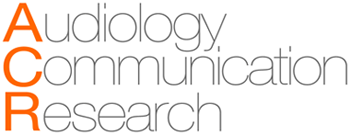ABSTRACT
Purpose
To describe the notifications of NIHL in Brazil, according to sociodemographic and labor aspects, in the period from 2006 to 2019.
Methods
Cross-sectional and descriptive study carried out with data from notification forms for noise-induced hearing loss in Brazil, from SINAN. The data were accessed through the page of the Collaborating Center for Surveillance of Workers’ Health Disorders (ISC-UFBA). Absolute and relative frequencies of sociodemographic variables and work characteristics were analyzed.
Results
During the period, 7,819 cases of NIHL were reported in Brazil. The year 2016 and the state of São Paulo registered the highest number of notifications, with 1,106 and 2,488 cases, respectively. Throughout the period, there was a higher proportion of cases in: individuals with a formal contract (55.0%), male (88.2%), white (59.1%) and aged between 50 and 59 years (33.7%). Continuous noise was predominant in the work environment (41.1%) and 51.1% of the individuals used individual protection measures, while 12.6% were protected collectively.
Conclusion
A total of 7,819 cases of NIHL were reported in Brazil in the period analyzed, a number that can be considered disproportionate in relation to the prevalence of this condition. The observed underreporting impacts on the understanding of the magnitude of the problem, and, consequently, on the development and implementation of public health actions and programs, aimed at worker health and safety.
Keywords:
Notification of work accidents; Disease notification; Noise; Hearing loss caused by noise; Health information systems

 Thumbnail
Thumbnail
 Thumbnail
Thumbnail
 Thumbnail
Thumbnail


